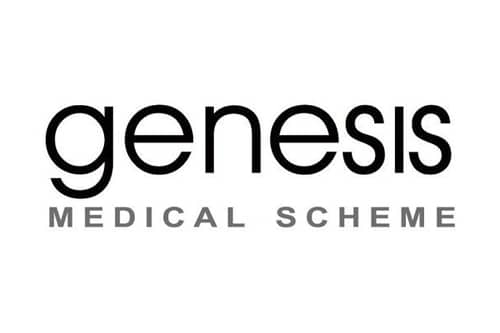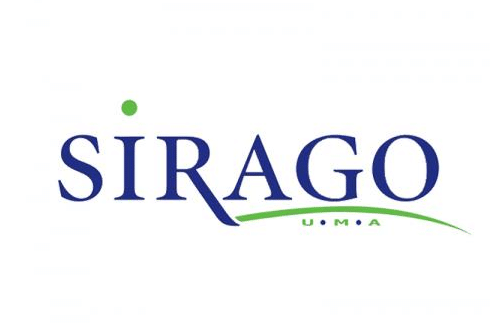Breast reconstruction with abdominal tissue flap
Breast Reconstruction with Abdominal Tissue Flap: Restoring Form and Confidence
Breast reconstruction is a transformative surgical procedure that aims to restore the appearance of a breast after mastectomy, trauma, or congenital absence. One effective approach to breast reconstruction is the use of abdominal tissue flaps. This advanced technique not only rebuilds the breast but also offers a natural feel and appearance. This comprehensive guide explores breast reconstruction with abdominal tissue flaps, including its indications, types of flaps, surgical procedure, benefits, potential risks, and references for further reading.
1. Indications for Breast Reconstruction with Abdominal Tissue Flap
Breast reconstruction with abdominal tissue flaps is recommended for individuals who have undergone mastectomy or experienced significant breast tissue loss due to trauma or congenital factors. It is particularly suitable for those seeking a natural-looking and feeling breast reconstruction option that offers long-lasting results.
2. Types of Abdominal Tissue Flaps
There are several types of abdominal tissue flaps used for breast reconstruction:
TRAM Flap (Transverse Rectus Abdominis Muscle Flap): This flap utilizes tissue from the lower abdomen, including skin, fat, and a portion of the rectus abdominis muscle. The tissue is carefully transferred to the chest to reconstruct the breast mound.
DIEP Flap (Deep Inferior Epigastric Perforator Flap): Unlike the TRAM flap, the DIEP flap preserves the abdominal muscles. Only skin and fat, along with the blood vessels that nourish the tissue, are transferred for breast reconstruction.
3. Surgical Procedure
The breast reconstruction procedure with an abdominal tissue flap involves several steps:
Tissue Harvesting: The abdominal tissue flap (either TRAM or DIEP) is carefully dissected while preserving the blood vessels that supply it. The tissue is then isolated and prepared for transplantation.
Microsurgical Transfer: Microsurgery techniques are used to reconnect the blood vessels of the flap to those in the chest. This ensures proper blood flow to the transplanted tissue, allowing it to thrive in its new location.
Shaping and Reconstruction: The transplanted tissue is sculpted and shaped to create a natural-looking breast mound. The surgeon carefully positions the flap to achieve symmetry and the desired aesthetic outcome.
4. Benefits of Abdominal Tissue Flap Reconstruction
Breast reconstruction with abdominal tissue flaps offers several advantages:
Natural Appearance: The use of the patient’s own tissue results in a breast that looks and feels more natural compared to implants.
Longevity: Abdominal tissue flaps provide long-lasting results, eliminating the need for implant replacements over time.
Dual Benefit: The procedure includes abdominal contouring, similar to a tummy tuck, resulting in enhanced abdominal aesthetics.
5. Potential Risks and Considerations
While the procedure has many benefits, it also carries potential risks:
Surgical Complexity: The use of microsurgery adds complexity to the procedure, requiring specialized skills and expertise.
Longer Recovery: Recovery after abdominal tissue flap reconstruction may be longer compared to some other reconstruction techniques.
Scarring: The procedure results in scarring on both the chest and the abdominal area.
Possible Complications: As with any surgery, there is a risk of complications such as infection, bleeding, and issues related to the transferred tissue’s blood supply.
6. References for Further Reading
Allen, R. J., & Treece, P. (1996). Deep inferior epigastric perforator flap for breast reconstruction. Annals of Plastic Surgery, 42(1), 34-38.
Nahabedian, M. Y. (2009). Breast reconstruction with the free TRAM or DIEP flap: patient selection, choice of flap, and outcome. Plastic and Reconstructive Surgery, 124(6), 1775-1783.
Sisco, M., Kyrillos, A. M., Lapin, B., Wang, C. E., Yao, K. A., & Chung, K. C. (2015). Long-term patient-reported outcomes and satisfaction after total autologous breast reconstruction and breast augmentation. Plastic and Reconstructive Surgery, 135(2), 365e-373e.
Rozen, W. M., Ashton, M. W., Stella, D. L., Phillips, T. J., Taylor, G. I., & Grinsell, D. (2008). Improving the outcome of DIEP and other perforator flaps with perioperative antibiotics. Plastic and Reconstructive Surgery, 121(1), 277-285.
Sbitany, H., & Serletti, J. M. (2012). Acellular dermal matrix in primary breast reconstruction. Aesthetic Surgery Journal, 32(3), 337-343.
Conclusion
Breast reconstruction with abdominal tissue flaps is a remarkable advancement in cosmetic and reconstructive surgery, offering individuals a natural-looking and feeling breast mound after mastectomy or breast tissue loss. This intricate procedure involves the transfer of skin, fat, and sometimes muscle from the abdomen to the chest, where it is sculpted into a breast shape. The use of microsurgery techniques ensures proper blood flow and viability of the transplanted tissue. While the procedure is more complex than some other reconstruction options, its benefits include a natural appearance, long-lasting results, and the added benefit of abdominal contouring. Potential candidates for this procedure should consult with a skilled plastic surgeon to explore their options and make informed decisions about their breast reconstruction journey.


































